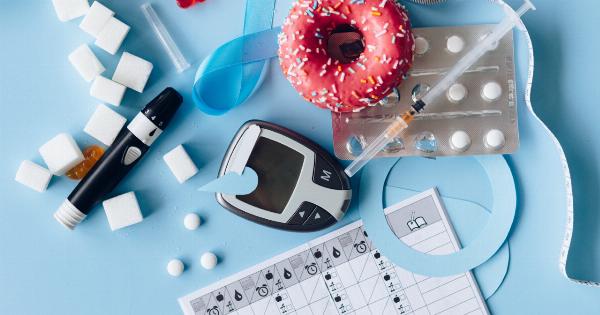For many people, “buns” refer to the extra layer of fat on their buttocks. While physical insecurity is not to be encouraged, wanting to lead a healthy and fit life is a good reason to be unhappy with buns.
However, many people tend to ignore the role of their diet and lifestyle in the formation of buns. Avoiding certain foods can help in getting rid of buns, or preventing them from appearing altogether.
Processed foods
Processed foods can be especially harmful when it comes to the formation of an extra layer of fat. Processed foods often contain high amounts of sugar and unhealthy fats.
These unhealthy ingredients cause an insulin spike in the body, leading to the storage of additional fat, and therefore, the development of buns. Processed foods may taste good and be convenient to eat, but they come at a cost. To avoid buns, it’s important to avoid processed foods as much as possible.
Sugar-sweetened beverages
Sugar-sweetened beverages like soda, energy drinks, and even fruit juices should be avoided. Sugar-sweetened beverages contain high amounts of sugar, which causes an insulin spike in the body, leading to the storage of additional fat.
Sugar-sweetened beverages can be especially harmful as they are quickly absorbed by the body, making it difficult for the body to process them efficiently. To avoid buns, cut down on sugar-sweetened beverages as much as possible.
Fried Foods
Fried foods are delicious, but they are not good for your health. Fried foods contain unhealthy fats, which contribute to the development of an extra layer of fat around the buttocks.
When oil is heated to high temperatures, it becomes oxidized, leading to the formation of free radicals. These free radicals can damage cells in the body, causing inflammation, which, in turn, increases the risk of developing buns. To avoid buns, limit your intake of fried foods.
Alcohol
Alcohol is not only harmful to your liver, but it can also contribute to the development of an extra layer of fat on the body, including the buttocks. Alcohol contains empty calories, meaning that it contains calories but no nutritional value.
The body stores these calories as fat, especially around the buttocks, which can lead to the development of buns. To avoid buns, limit your intake of alcohol.
Salt
Salt is an essential mineral that the body needs in moderation. However, consuming too much salt can lead to bloating and water retention, which can contribute to the development of an extra layer of fat around the buttocks.
To avoid buns, reduce your intake of foods high in salt, such as processed foods and cured meats.
Caffeine
Caffeine is found in many beverages, such as coffee, tea, and energy drinks. While caffeine can help to boost energy levels and improve focus, consuming too much caffeine can actually contribute to the development of buns.
Caffeine can stimulate the production of cortisol, a stress hormone, which can cause the body to store fat, especially around the buttocks. To avoid buns, limit your intake of caffeine.
High Glycemic Index Foods
Foods with a high glycemic index (GI) can contribute to the development of buns. High GI foods cause an insulin spike in the body, leading to the storage of additional fat, especially around the buttocks.
Avoiding high GI foods can help to prevent buns from developing. Foods high in GI include white bread, white rice, and pasta. Instead, opt for whole-grain options, such as whole-grain bread and brown rice.
Processed Meats
Processed meats, such as bacon, sausage, and hot dogs, are high in unhealthy fats, sodium, and preservatives. These ingredients can contribute to the development of an extra layer of fat around the buttocks.
To avoid buns, limit your intake of processed meats as much as possible.
Dairy Products
Dairy products, such as milk, cheese, and butter, are high in saturated fat, which can contribute to the development of buns. To avoid buns, limit your intake of dairy products, or opt for low-fat options instead.
Conclusion
Avoiding certain foods can help to prevent the development of an extra layer of fat around the buttocks, known as buns.
Removing processed foods, sugar-sweetened beverages, fried foods, alcohol, salt, caffeine, high glycemic index foods, processed meats, and dairy products from your diet can help to prevent buns from developing. Opting for healthy and whole foods instead can lead to a healthier and fitter life, free from buns.




























